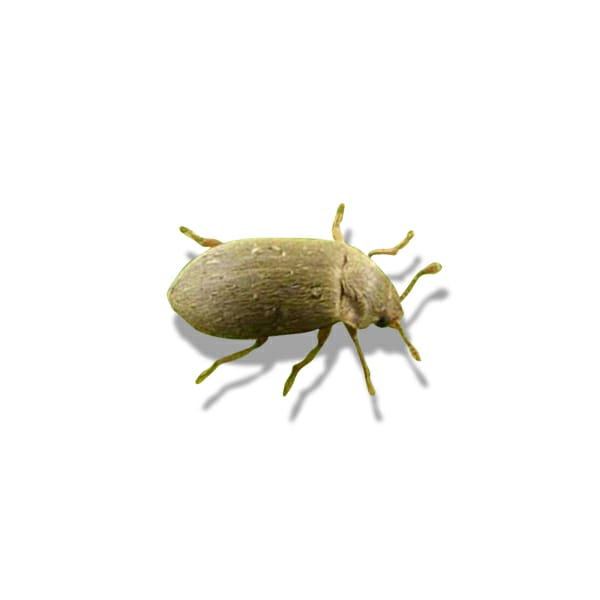Trap Selection
Russell IPM’s Ferolite water trap is the most effective to use for controlling the raspberry beetle. The traps can be used in conjunction with pheromone lures applied with Russell IPM’s Mothcatcher traps, to increase catch rate and enhance specificity.
Trap Density
1 Ferolite trap / 500 square meter.
Monitoring: 1-2 traps / ha for large plots, 3 traps for small plot
Control: 15-20 traps per hectare (To be confirmed by trials)
Trap Position
Insert pheromone lure in the plastic cage provided with the trap. Traps should be placed at the height of 15-30 cm above ground level. Fill the base of the trap with water and add one pack of trap enhancer or 10 gm of soap power. Pheromones can be added to cages found below the light source.
Data and Interpretation
Collect data weekly from the start of the flight of the over wintering generation. During the height of the population more frequent reading may be needed. Decisions on pesticide application should not be taken solely on the trap catch data. Climatic and biological considerations should be taken in account.


